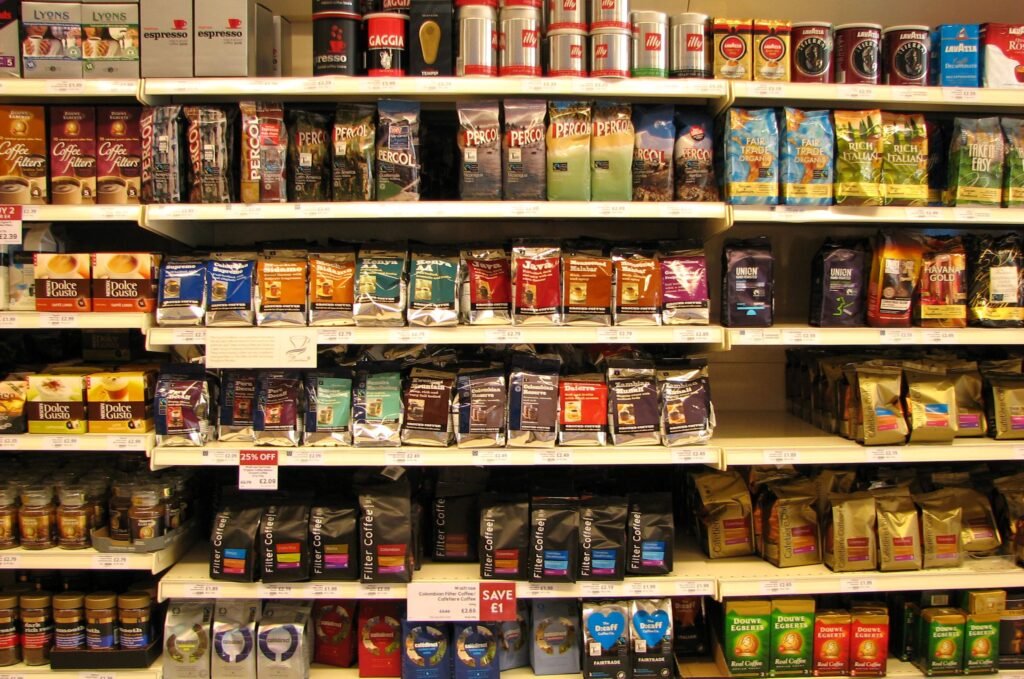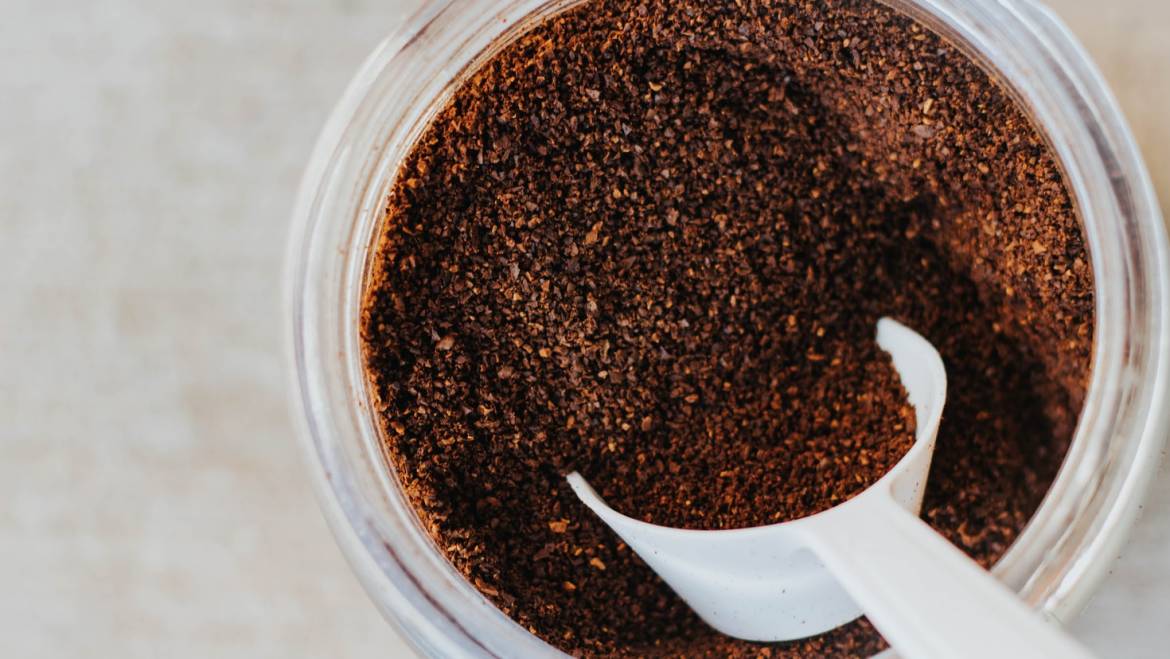When it comes to coffee, there's a clear distinction between fresh coffee beans and those found on supermarket shelves. Fresh coffee beans are typically sourced directly from farmers or roasters, ensuring a high-quality product with minimal time between roasting and consumption. On the other hand, supermarket coffee beans are often mass-produced, stored for extended periods, and may lack the same freshness and quality found in freshly roasted beans.

The Importance of Roasting and Freshness
Roasting plays a crucial role in developing the flavors and aromas found in coffee beans. As beans are roasted, the heat causes a series of chemical reactions that bring out the unique characteristics of the coffee. Freshly roasted beans provide a more vibrant and nuanced flavor profile compared to their supermarket counterparts. As coffee beans age, they lose their freshness and the flavors become dull and flat, making the timing of roasting and consumption essential for a truly enjoyable coffee experience.
The Impact of Bean Storage on Flavor and Aroma
Proper storage is another key factor in preserving the quality of coffee beans. Fresh coffee beans are often stored in airtight, light-proof containers to prevent oxidation and maintain peak freshness. Supermarket coffee beans, however, are frequently packaged in less-than-ideal conditions, exposing them to oxygen, light, and temperature fluctuations. These factors accelerate the degradation of the beans, resulting in a stale and lifeless cup of coffee.
The Benefits of Direct Trade and Ethical Sourcing
Choosing fresh coffee beans also supports direct trade and ethical sourcing practices, which benefit both coffee farmers and consumers. By purchasing fresh beans, you contribute to a more sustainable coffee industry, ensuring fair wages and better working conditions for farmers. This, in turn, results in higher quality coffee as farmers can invest in improved cultivation techniques and harvesting practices.
How to Identify Fresh Coffee Beans
To differentiate between fresh and supermarket coffee beans, pay attention to the following indicators:
- Roast Date: Look for a clearly displayed roast date on the packaging. Fresh coffee beans are best consumed within 2-4 weeks of roasting.
- Packaging: Opt for beans packaged in airtight, light-proof containers with one-way valves to release carbon dioxide while preventing oxygen exposure.
- Origin and Traceability: Choose beans with detailed information about their origin, including the country, region, and farm. This transparency indicates a commitment to quality and ethical sourcing.
- Aroma: Fresh coffee beans have a strong, enticing aroma, while supermarket beans may have a weak or stale smell.
The Advantages of Grinding Fresh Coffee Beans at Home
Grinding your fresh coffee beans at home provides several benefits, including:
- Customization: Adjust the grind size to suit your preferred brewing method and personal taste.
- Freshness: Grinding beans right before brewing maximizes their freshness and flavor.
- Consistency: A high-quality grinder ensures a consistent grind, which results in a more balanced and enjoyable cup of coffee.
Conclusion: Why Fresh Coffee Beans are the Superior Choice
In conclusion, fresh coffee beans offer a superior coffee experience compared to supermarket coffee beans. They provide a richer and more complex flavor profile, better aroma, and a more sustainable and ethical product. By choosing fresh coffee beans, you not only support the livelihoods of coffee farmers but also enhance your daily coffee ritual.
Summary:
| Fresh Coffee Beans | Supermarket Coffee Beans | |
| Flavor Profile | Richer and more complex | Stale and less vibrant |
| Price | May be more expensive | Often cheaper |
| Availability | May have limited availability | Widely available and convenient |
| Storage | Requires proper storage | Poor storage conditions |
| Ethical Sourcing | Supports direct trade and ethical practices | Lower commitment to ethical practices |
| Freshness | Ensures freshness and quality | Faster degradation due to storage |
| Customization | Customization of grind size | Pre-ground options available |
| Aroma | Better aroma | Weak or stale aroma |
| Origin Transparency | Detailed information on origin | Lack of transparency in origin and traceability |




Add Comment